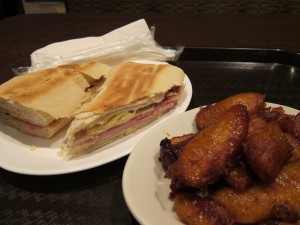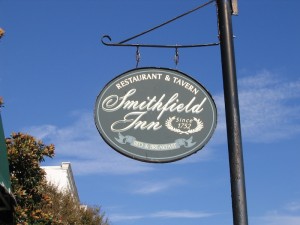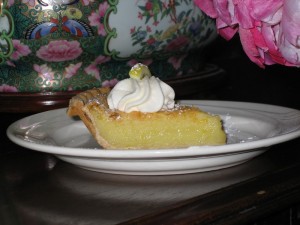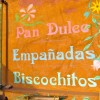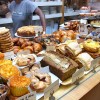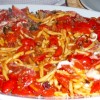
Jennifer English
Jennifer English is as knowledgeable about food as anyone anywhere on the planet and she generously shares her knowledge with articulate flair. This is big praise, but well deserved and I’m not the only one who thinks so. Jen has won the James Beard Foundation’s top award for radio broadcasting and a 2010 Gracie Allen award for host-show interviewing.
Founder of The Food and Wine Radio Network; owner of Flavorbank (a spice market retail shop as well as spice lab); teacher; writer; trend consultant and brilliant broadcaster on both radio and TV, Jennifer English is the quintessential food authority. That’s why I asked her to suggest the best places to eat in Tucson, Arizona, where she currently lives. Her list covers a range of dining experiences and will serve as a reference for anyone lucky enough to visit the city.
WHERE TO EAT IN TUCSON
Jennifer English picks ten favorites:
1. Start the day in Tucson with breakfast at the Little Cafe Poca Cosa where you will be greeted with a huge smile, hug, kiss and stimulation for every one of your senses. This is my favorite local flavor place. Only open for breakfast & lunch. Lunch is just as good as breakfast. Locals say the eggs & chorizo are as good as their mother used to make.
2. Jane & Michael Stern declared that Tucson’s Gus Balons was one of the 10 best breakfasts in America. Their homemade sticky bun is the crown & glory. This 3rd generation-run family style diner is like the culinary place that time forgot. In a good way. Home made bread on every sandwich, made fresh daily, homemade pies & soups. As it should be. But the house hand-dipped fried chicken is my favorite. Well seasoned, extra crispy. Yummy.
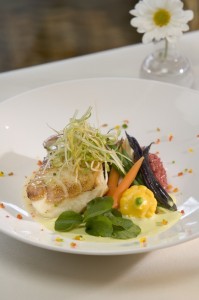
Sea bass takes on new heights at Acacia
3. Chef Albert Hall’s Acacia at St. Phillips is an award winning take on fresh local dining with the exquisite eclectic cuisine that keeps the perfectionist chef at his best. Chef Hall is classically trained and a master of flavor and nuance. Devoted to his craft and tireless in his pursuit, he offers the very finest ingredients. No compromises.
4. and 5. TIE
Maynards and Jax Kitchen
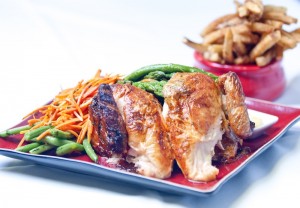
Jax Kitchen's famous chicken
I love that one of the 10 best young bartenders in America is behind the stick at Maynards, and that Chef Adam Buzzalini is doing great things in the kitchen (he is one of the talented young chefs on the national scene to watch).
I love that Jax Kitchen has won the World Margarita Championship too many times to count and their roasted chicken is perfect (it takes up to 45 minutes to do a la minute) and worth every minute.
6. You cannot visit Tucson without making a pilgrimage to the original El Charro. One of Gourmet mags 21 legendary restaurants, one of the 50 best plates in America according to USA TODAY, and the oldest Mexican restaurant in the US. The chicken mole is outstanding. They invented the chimichanga. Really. The carne seca is as authentic as it gets.
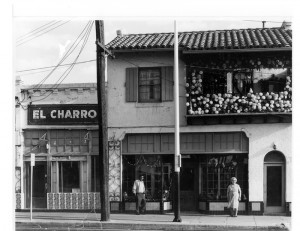
El Charro, circa 1922

Interior of Ha Long Bay
7. Ha Long Bay features bright, fresh clean flavors. In other words, classic Vietnamese cuisine. The salt & pepper shrimp, grilled lemon grass pork w/ baby rice, and Pho are my picks. I eat there at least twice a week.
8., 9. and 10. Tucson Taco Trail
This is sort of like an edible pub crawl to a variety of Tucson’s Mexican restaurants located in different neighborhoods. Each restaurant, unofficially grouped under the title of Tucson Taco Trail, serves the best example of one classic Tucson specialty, but might not do other dishes nearly as well. For example Lerua’s serves the city’s best green corn tamale. The best Chile relleno is found at sister restaurant El Torero, and Pico de Gallo serves the finest fish tacos. These are just a sampling of the many different restaurants serving a not-to-miss dish.

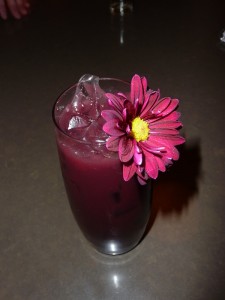
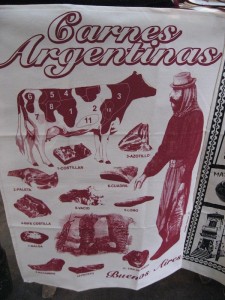
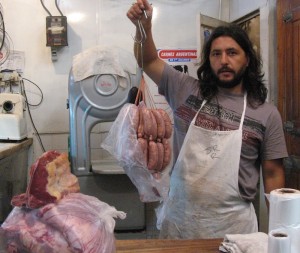
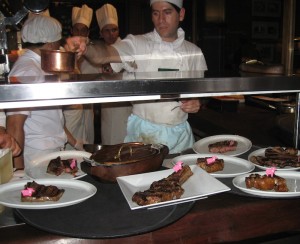
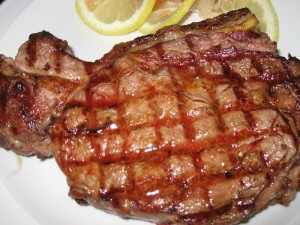
 floating the canals of France. Trained as a pastry chef before joining the barge staff, Michaël baked particularly marvelous quiches, one for every day of the trip. He said that the secret to a great crust is to not overwork the dough and to refrigerate the dough after each handling. He also said that cooks can make a variety of different quiches by using one basic recipe and altering a few flavoring ingredients.
floating the canals of France. Trained as a pastry chef before joining the barge staff, Michaël baked particularly marvelous quiches, one for every day of the trip. He said that the secret to a great crust is to not overwork the dough and to refrigerate the dough after each handling. He also said that cooks can make a variety of different quiches by using one basic recipe and altering a few flavoring ingredients.
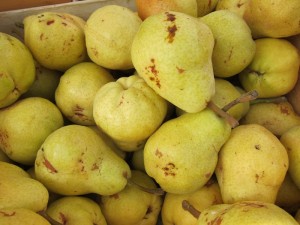
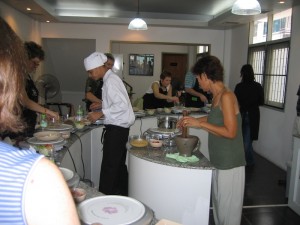
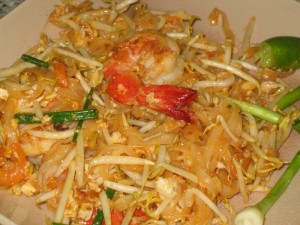




 though
though




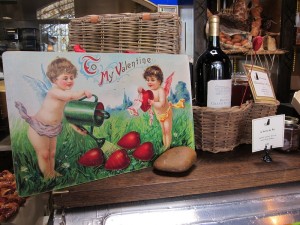
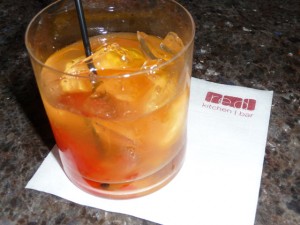
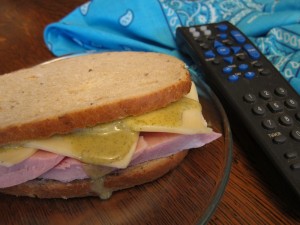
 between planes—at least long enough to pop into
between planes—at least long enough to pop into 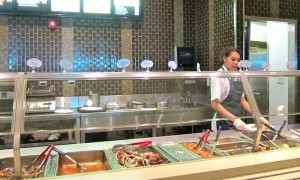 If time allows, and the cafeteria is serving Cuban specialties (not in the morning when ordinary American breakfast is served), I join the line and load a tray with thick chunks of roasted pork or fork tender lamb shanks or maybe the arroz con pollo (chicken with yellow rice).
If time allows, and the cafeteria is serving Cuban specialties (not in the morning when ordinary American breakfast is served), I join the line and load a tray with thick chunks of roasted pork or fork tender lamb shanks or maybe the arroz con pollo (chicken with yellow rice).